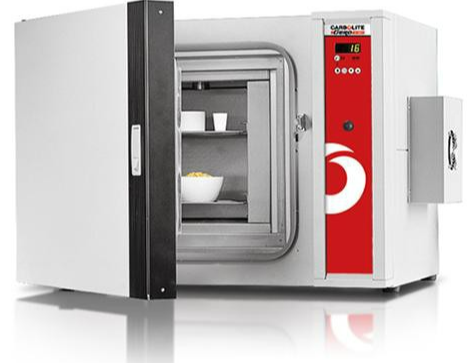Elevated Temperature Test of Aerospace Fuel Control Systems
- markvasat
- Apr 14, 2023
- 3 min read
Updated: Aug 29, 2023
*As Featured on NI.com
Original Authors: Chris Woodhams - Argenta
Edited by Cyth Systems

The Challenge
Engineers commonly test fuel metering units (FMUs) and the associated electronic interface devices (EIDs) at ambient temperature, which is not representative of the elevated temperatures they would experience when attached to an aircraft engine. This can lead to units being returned for repair after an airline has identified a temperature-dependent fault.
The Solution
We used LabVIEW software and CompactDAQ hardware to boost the efficiency of elevated temperature test, making it part of the standard test procedure for FMUs. This significantly improved quality control and saved hundreds of thousands of pounds in repair costs.
Introduction
A fuel metering unit (FMU) has several electronic interface devices (EIDs) that control the quantity of fuel delivered to an aircraft engine’s combustion system to ensure optimum performance. Commonly, during FMU testing, the EIDs are only subjected to ambient temperature, however, when the unit is installed on wing, near the plane’s engines, the operating temperature is significantly higher. Ambient temperature test may not identify temperature-dependant faults in the EIDs, which inevitably increases the volume of deployed FMUs being returned to repair facilities. This is a major issue because when an airline detects a fault in situ on the wing, the repair can cost hundreds of thousands of pounds.
Left: Example of an FMU, Right: Environmental Chamber for Elevated Temperature Test
We used CompactDAQ features such as:
Analogue Input—Acquiring FMU measurements related to the resistance, voltage, and temperature through the harness and thermcouples.
Analogue Output—Delivering an AC voltage supply to power the FMU
Digital Input—Detecting when the FMU’s harness has been correctly connected to the interface box
RS232—Communicating with the oven to control and monitor temperature
The test setup is simple. The operator places the FMU inside an oven on the assembly line and connects the relevant harness between the acquisition system and the FMU. We initiate the test by logging into the LabVIEW software, entering the unit details, and pressing START within the main user interface. During testing, the system performs a series of operations and checks that include:
Updating the temperature set point of the oven through the RS232 communications to ensure that the temperature correlates to a predefined temperature ramp
Logging alarms relative to changes in analog inputs and temperature
Ensuring that the system is shut down safely, if the test time exceeds three hours
Updating graphs to visualize live test data on the user interface
Streaming data to a technical data management (TDM) file for post-analysis
LabVIEW was the perfect choice for this application as we could work in an agile manner and easily adjust the code to meet changes to the requirements. Additionally, the CompactDAQ platform not only gave us an easy solution to interface with the test software, but also met all the requirements for accuracy, reliability, and quantity of signals.

Direct Benefit to Our Client
Our new test rig streamlined the elevated temperature test process, so our client could test all FMUs at elevated temperatures before they ship to airlines. As a result, our client boosted quality control, preventing potentially erroneous products from being shipped. This simultaneously minimized repair costs and improved our client’s reputation with its customers.
One senior engineer explained that if an airline or an operator detects a fault in situ, on the wing, the cost to fix the problem could be hundreds of thousands of pounds. This rig increases reliability, enhances our client’s reputation with its customers, and provides a service not offered by competitors.
Conclusion
We used the NI platform to develop an intuitive, robust, and accurate test solution that met all the client’s objectives. Some elements of the software required high levels of accuracy to ensure the reliability of the results obtained. This tester can be left unmanned due to the built-in safety systems, so operators can perform other tasks in parallel to system testing. Finally, thanks to the flexibility of LabVIEW, we have been able to quickly modify the system to test several other aerospace technologies with minimal changes to the code.
Original Authors:
Chris Woodhams - Argenta
Edited by Cyth Systems









Comments